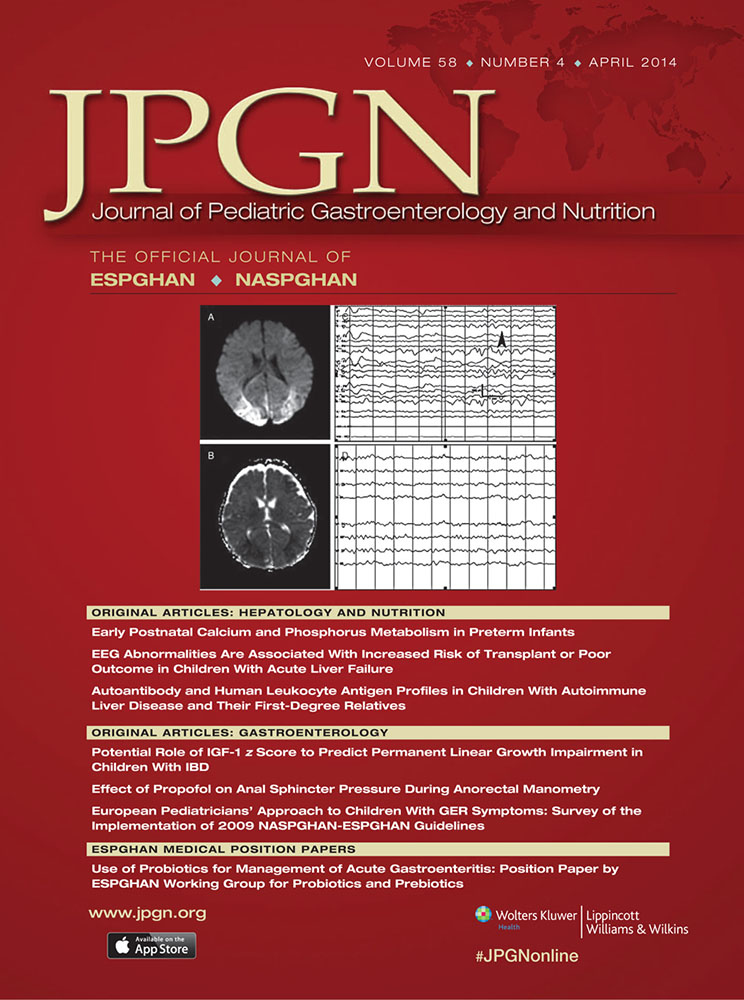Maintenance of Efficacy and Safety of Rabeprazole in Children With Endoscopically Proven GERD
www.clinicaltrials.gov registration number: NCT00787891.
The present study is supported by funding from Janssen Research & Development, LLC (previously known as Johnson & Johnson Pharmaceutical Research & Development, LLC) and Eisai Medical Research Inc. The sponsors also provided a formal review of this article.
G.L., P.H., S.S., and S.S. are employees of Janssen Research & Development, LLC. The other authors report no conflicts of interest.
ABSTRACT
Objective:
The aim of the present study was to evaluate 24-week maintenance of efficacy and safety of rabeprazole in children with endoscopically proven gastroesophageal reflux disease (GERD).
Methods:
Children ages 1 to 11 years who achieved endoscopic/histologic healing (defined as grade 0 of the Hetzel-Dent Classification scale and/or grade 0 of the Histological Features of Reflux Esophagitis scale) in a 12-week treatment phase were continued on the same dose for an additional 24 weeks during the maintenance phase. The dose was determined by weight: children weighing 6 to 14.9 kg (low-weight cohort) received 5 or 10 mg and children weighing ≥15 kg (high-weight cohort) received 10 or 20 mg.
Results:
Healing was maintained in 90% of children (100% [low-weight cohort]; 89% [10 mg, high-weight cohort]; 85% [20 mg, high-weight cohort]). The Total GERD Symptom and Severity score continued to improve slightly in all of the children across all dose groups (P = 0.026) during the maintenance phase, except the 10-mg dose group (low-weight cohort), which experienced a slight worsening of 3.6 points. Overall, 71% children felt better on the GERD Symptom Relief score (P < 0.001); 95% of investigators and 92% of parent/caregivers rated “Good to Excellent” on the Global Treatment Satisfaction scale and Clinical Global Impressions Improvement scale, respectively. Overall incidence of treatment-emergent adverse events was 63%; upper respiratory tract infections (13%) and vomiting (11%) were the most commonly reported (>10%).
Conclusions:
Rabeprazole was effective in maintaining endoscopic/histologic healing during a 24-week maintenance period in children with endoscopically proven GERD. The clinical effect and safety profile were largely similar across dose groups.




